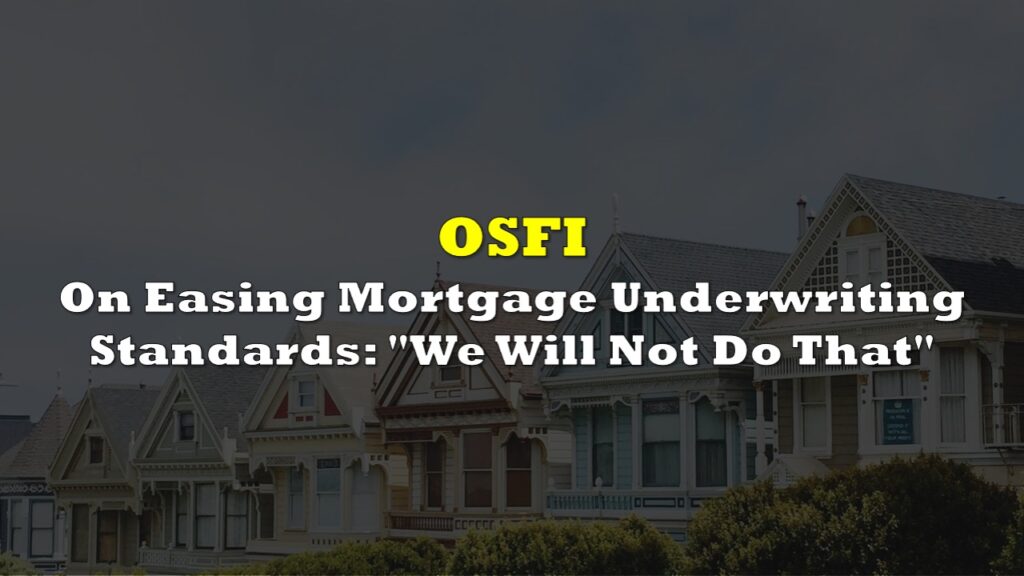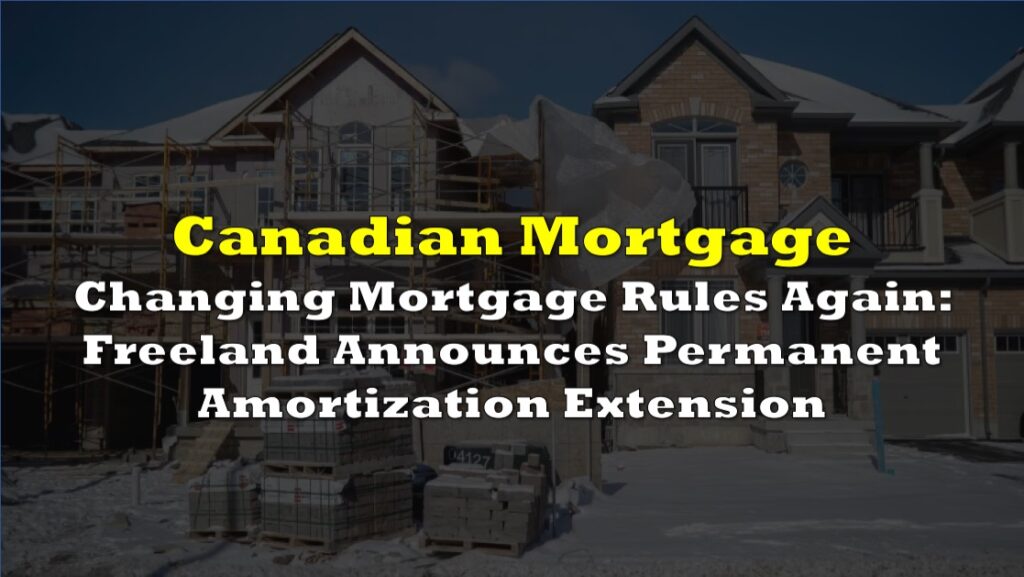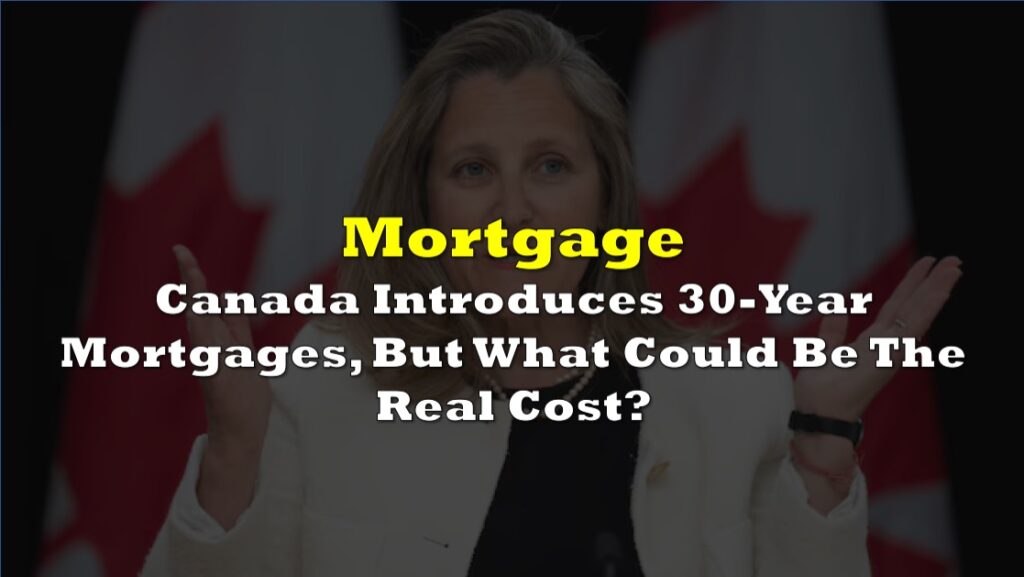In the face of incremental optimism, Canada’s mortgage market grapples with persistent challenges, primarily driven by the potential repercussions of recent interest rate hikes. The nation’s major banks, including RBC, Scotiabank, CIBC, TD, BMO, and National Bank, are preparing for the impact on borrowers.
Statistics reveal that 57% of new mortgages in Canada originate from these major banks, despite their not always offering the lowest mortgage rates in the market. As of now, the lowest mortgage rate offered by the big six banks stands at 5.64%, a 5-year fixed rate mortgage provided by BMO.
However, the average 5-year fixed mortgage rate from these banks sits at 6.21%, while the average 5-year variable mortgage rate is slightly higher at 7.05%.
An interesting trend emerges as the average new mortgage size in Canada has surged nearly 50% from $214,203 in 2013 to $320,298 in 2023. This increase is attributed to various factors, including rising variable mortgage rates, leading to extended amortization periods for some mortgages. Additionally, high home prices and affordability concerns are prompting borrowers to opt for longer amortizations, thereby reducing monthly payments.
Over the past two years, a majority of new mortgages at chartered banks featured an amortization period exceeding 25 years. Notably, the majority of mortgages in Canada have a term length of five years or less, leaving households vulnerable to changes in interest rates as they continually renew their mortgages.
Q4 2023 reports:
— Hanif Bayat (@HanifBayat) December 11, 2023
6 Big Banks Residential Mortgages Stats
(Total: $1,433B)
Amortization > 25 years: 40.5% of all ($581B)
Amortization > 35 years: 16.4% of all ($235B)
Negative Amortization: 7.7% of all ($110B)
More: https://t.co/cykU3iu6sD$RY $TD $BNS $CM $BMO $NA pic.twitter.com/uBZ3vnekjt
July 2023 statistics indicate that 95.4% of mortgages have a fixed rate, while 4.6% have a variable rate. This shift is noteworthy, considering that in January 2022, 56.9% of mortgages had a variable rate. The significant rate hikes by the Bank of Canada, elevating prime rates from 2.45% in early 2022 to 7.20% in late 2023, have fueled this shift.
Estimates suggest that around 1% of all Canadian mortgages will be up for renewal each month until August 2024, equivalent to 70,000 mortgages monthly. Post-August 2024, this number is expected to rise to 1.5% or 105,000 mortgages monthly until July 2025, posing challenges for homeowners renewing during a period of high interest.
Worryingly, only 43% of homeowners have fully paid off their mortgage, leaving 57% with ongoing mortgage debt. Among homeowners aged 65 and over, 82% have settled their mortgage debt, while 18% are still navigating mortgage payments during retirement, creating a substantial financial burden.
The overall mortgage debt in Canada has surged by $390 billion in the last three years, reaching $1.95 trillion in 2023 from $1.56 trillion in 2020. This escalating debt is evident in Canada’s household debt-to-income ratio, which has soared to 180% in Q2 2023, compared to less than 120% two decades ago in 2003.
Economists and financial experts express concerns about the negative impacts of this rapid increase in debt on both individuals and the broader economy.
Mortgage brokers have emerged as key players in the mortgage industry. In 2022, 51% of borrowers used a mortgage broker, representing $342 billion in mortgage originations.
A notable trend is observed among first-time home buyers, with 58% utilizing the services of mortgage brokers, as revealed by CMHC’s Mortgage Consumer Survey 2023. Not only are these buyers more satisfied than those dealing directly with lenders, but they also enjoy a better chance of securing the lowest rates.
Currently, the lowest mortgage rate offered by a mortgage broker in Canada stands at 4.89% for a 5-year fixed rate mortgage, as offered by Butler Mortgage. This rate compares favorably to the lowest rate offered by the big six banks, which is 5.64% for a 5-year fixed rate mortgage by BMO.
Information for this briefing was found via the sources mentioned. The author has no securities or affiliations related to this organization. Not a recommendation to buy or sell. Always do additional research and consult a professional before purchasing a security. The author holds no licenses.









